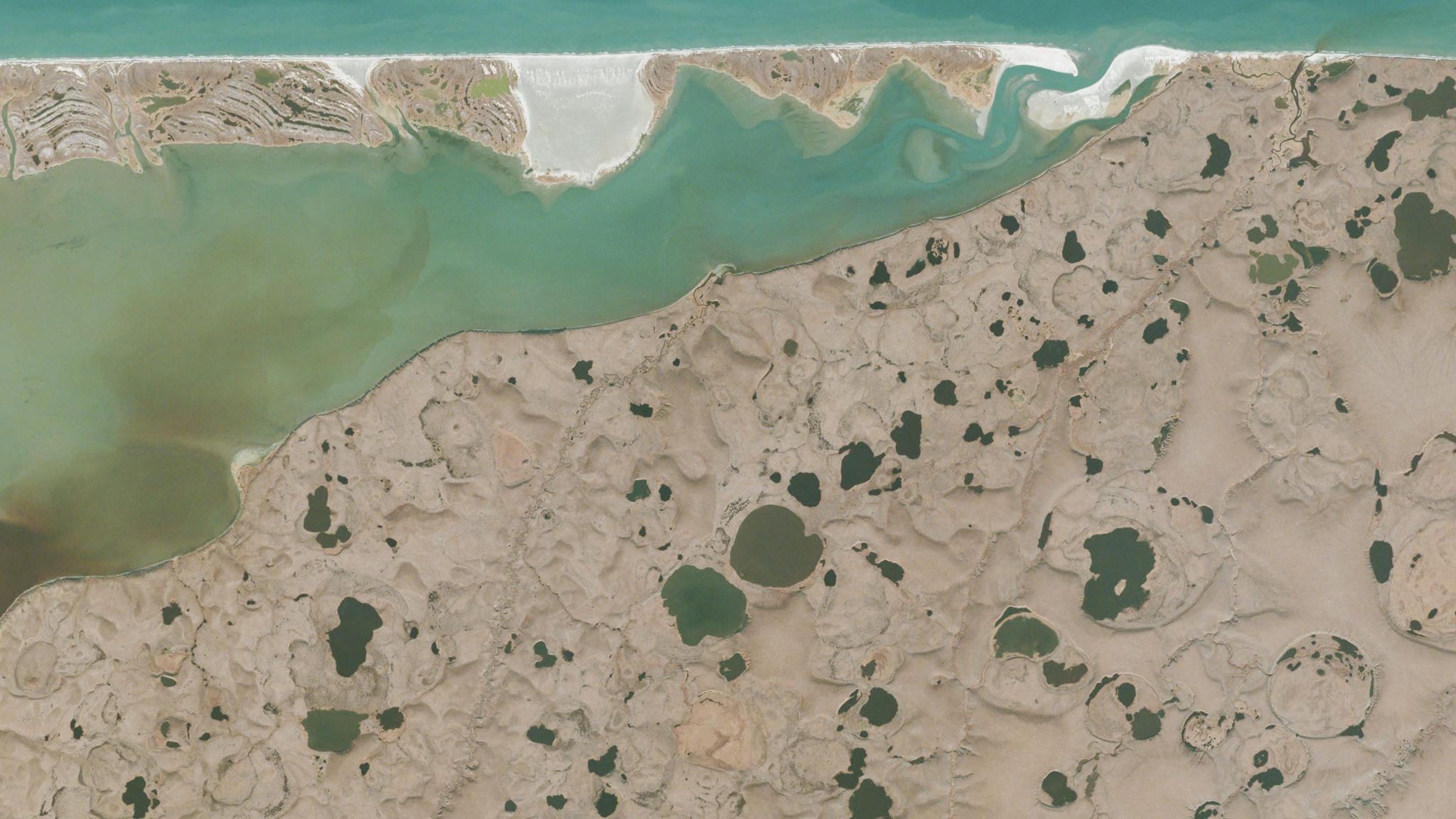Planet Imagery Helps Find that Rapid Sediment Re-Deposition May Limit Carbon Release during Catastrophic Thermokast Lake Drainage
Arctic permafrost is the frozen ground in and around the arctic circle which holds mass amounts of soil organic carbon. But due to warming global temperatures, Arctic permafrost is beginning to unfreeze and degrade, releasing stored greenhouse gas emissions including carbon dioxide and methane into the atmosphere. Within this landscape, thawing land, precipitation, and erosion further generate thermokarst lakes, areas of ground collapse that create small lake formations. The continued expansion of these lakes increases permafrost thaw in the near-by soil. These lakes can also drain catastrophically, creating gullies and drainage channels in the surrounding sediment and soil organic carbon, exposing them to erosion and further releasing greenhouse gas emissions. However, a study from researchers at the University of Aberdeen and the University of Texas, Austin, used PlanetScope data to analyze limitations to carbon release during lake drainage. Using our satellite imagery, the scientists observed five thermokarst lakes in Alaska. Their observations of catastrophic lake drainage, revealed that drainage traveled through preexisting channels and deposited in a near-by delta, reburying the organic carbon and preventing a mass release of greenhouse gas emissions. “Our conceptual model suggests that thermokarst lake deltas/fans produced by catastrophic drainage may serve as proximal sinks of organic carbon,” the authors said. The full study can be found in The Geological Society of America.


Ready to Get Started
Connect with a member of our Sales team. We'll help you find the right products and pricing for your needs


